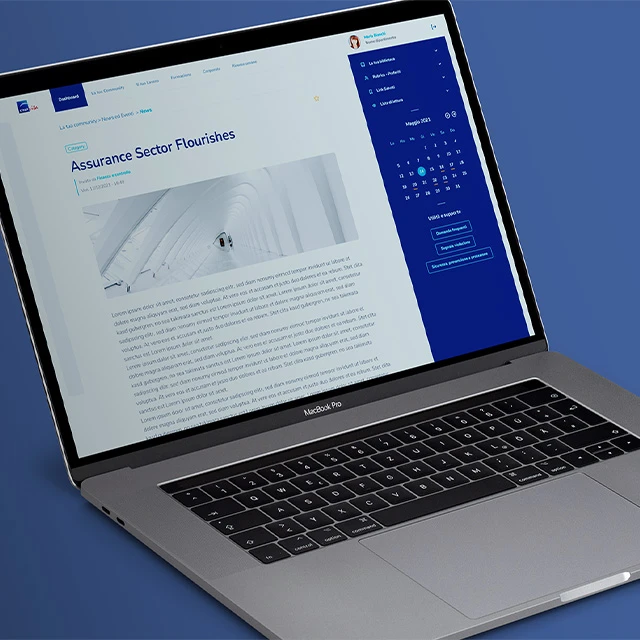Case Studies
Services
Cloud native services
Cloud Native Journey
DevOps & Platform Engineering
Kubernetes Consultancy
Supply Chain Security
Managed Services
Application Modernization
Cloud Migration Service
Custom Development
Drupal
Web Application
AI Development
Mobile Development
Consultancy and Design
Strategy & Design
Training
Accessibility
By Industry
Healthcare & Pharma
Financial Services
Education & Research
Enterprise Intranet & Digital Workplace
Our services











